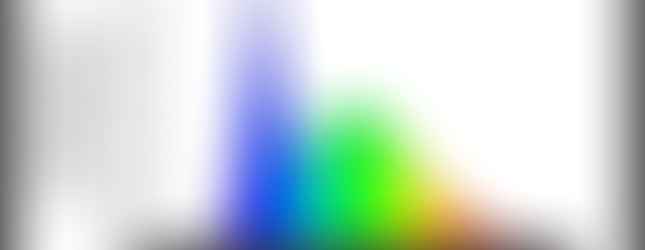The problem with headlight glare explained.
- FYRLYT

- Oct 13, 2022
- 2 min read
Editing some video we thought this worthy of sharing and discussion. Two frame grabs with two sets of approaching headlights in exactly the same position. Note the difference in distractive glare. Two things to consider. Many modern cars have headlights that output light in this spectral wavelength distribution.
Pic 1: Halogen Pic 2: LED Pic 3: The spectral wavelength distribution and intensity in most automotive LED headlights and driving lights are typically 70 CRI. Note the steep spike in the 'blue'. This exacerbates and contributes to the glare for not only oncoming traffic but the driver. No brand or media ever discusses this except FYRLYT. Pic 4: Halogen spectral wavelength distribution with full 100 CRI (42% more than LED described) and minimal problematic blue at high intensity.
You should take issue with the sale and promotion of these as aftermarket fitments by well known brands and supporting media into headlights NEVER designed for them. This undue glare is in 2 parts. The spectral distribution and intensity plus reflector and optical geometry.
The only counter measure you can take approaching is to ensure your windscreen is scratch free, clean and avoid staring into the light as much as possible.
Some resellers and advocates will tell you about their cut off and they are therefore ok. What they fail to acknowledge is the real world of different vehicle heights and approach angles/undulations etc this does not withstand basic logic.
If night driving safety is your priority then you must look past marketing and get back to the verifiable science regardless of brand or cost. We include ourselves in this statement and hence why we stand alone in the industry sharing this information and supporting evidence.








Comments